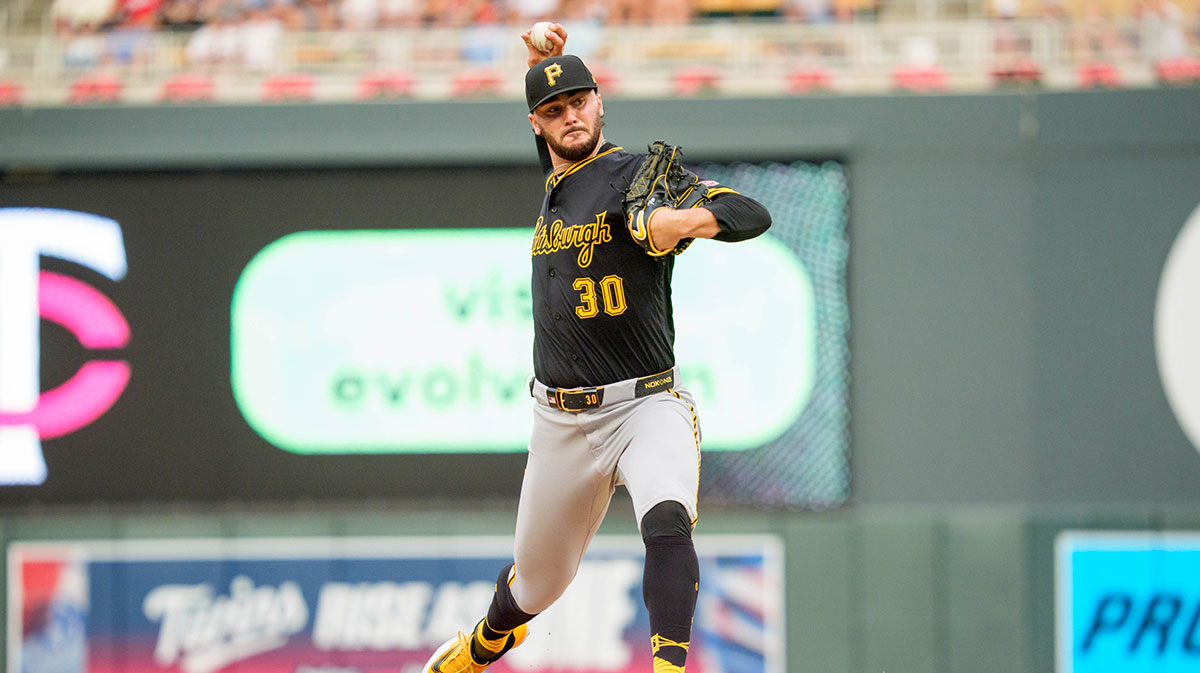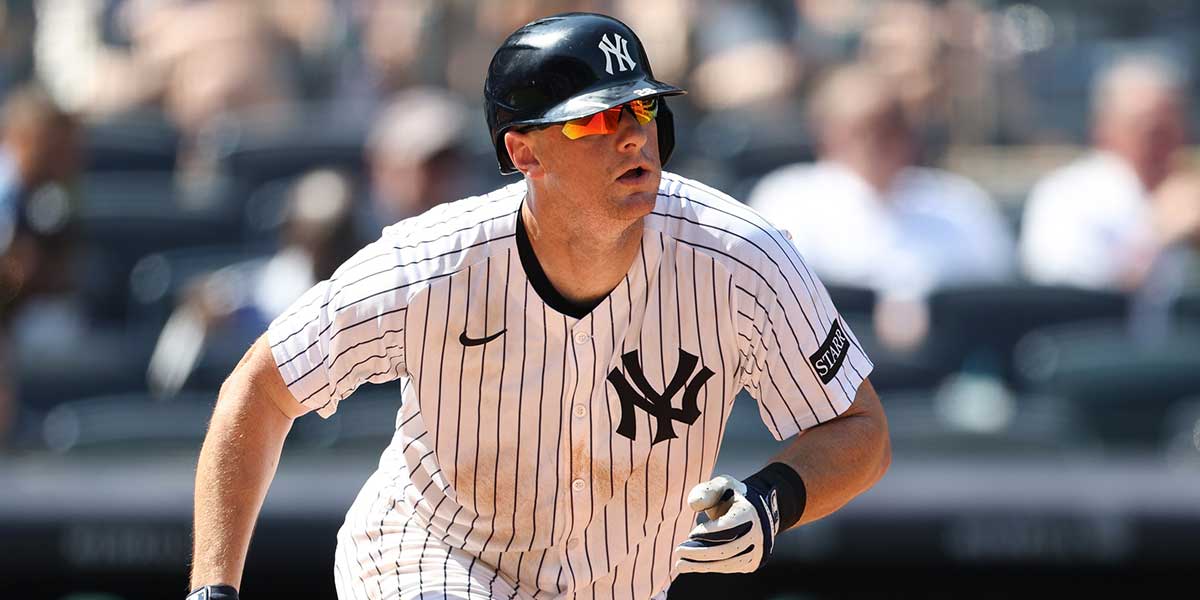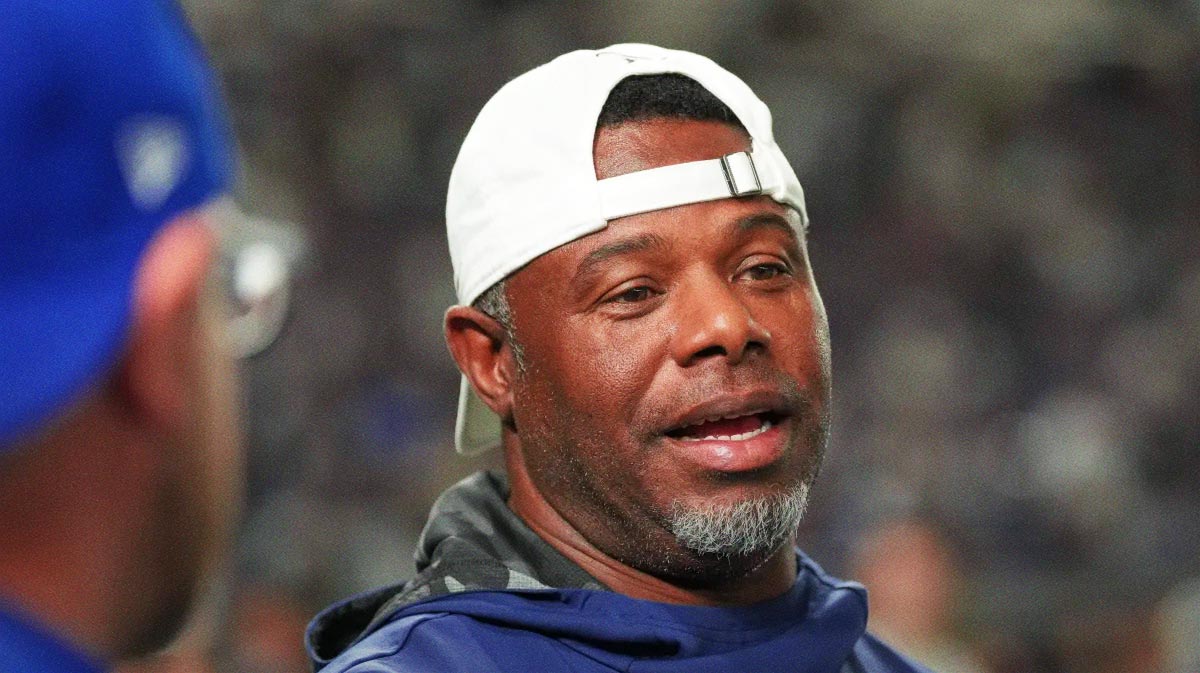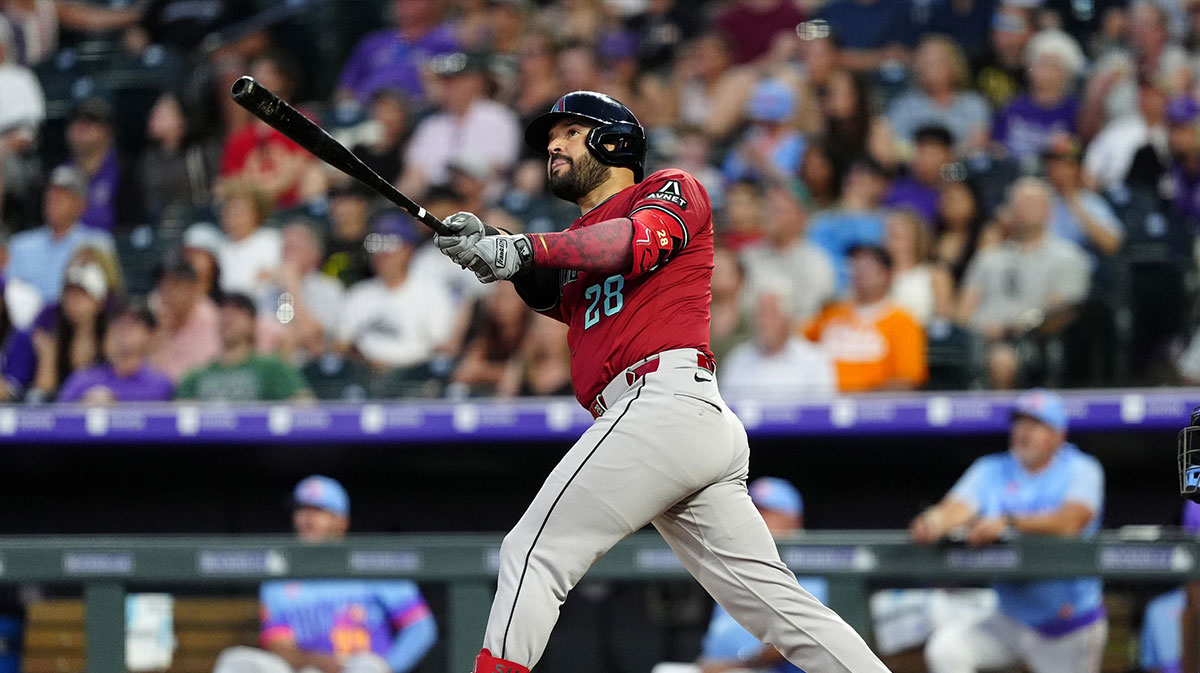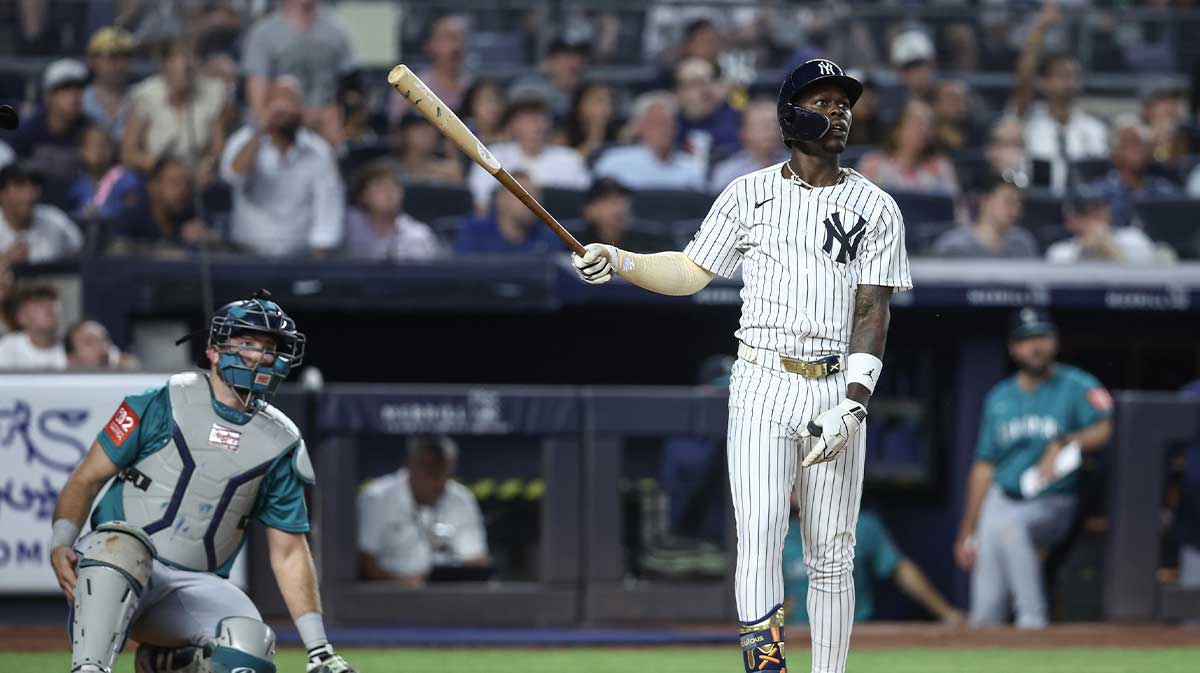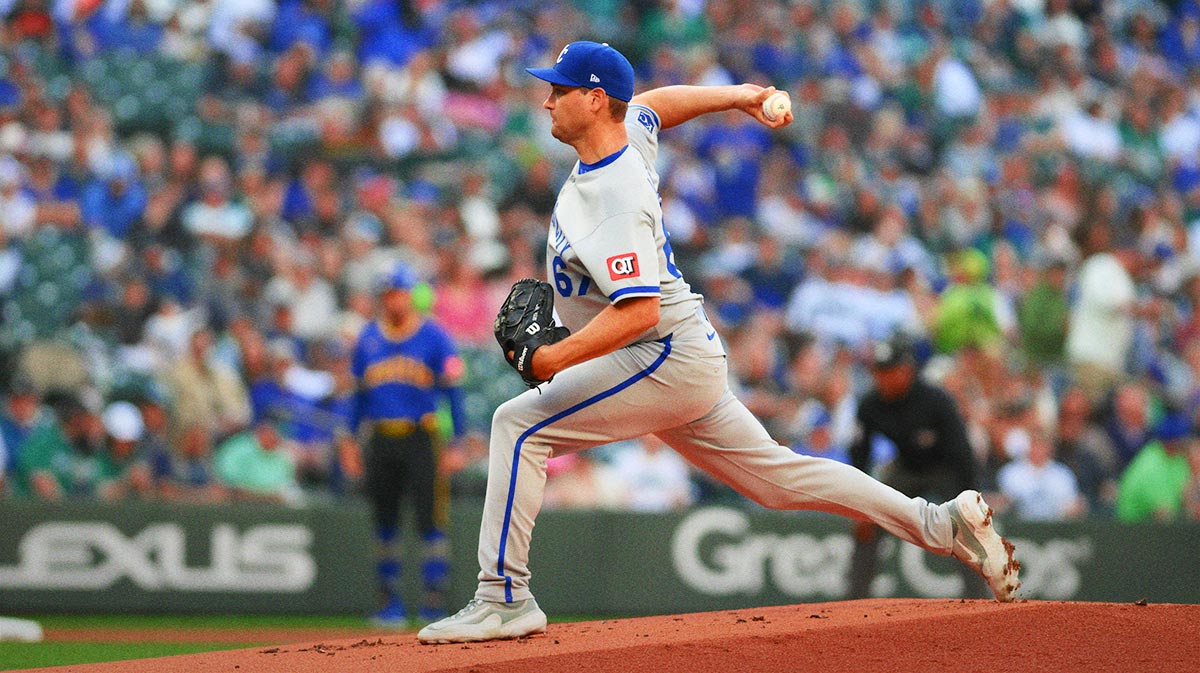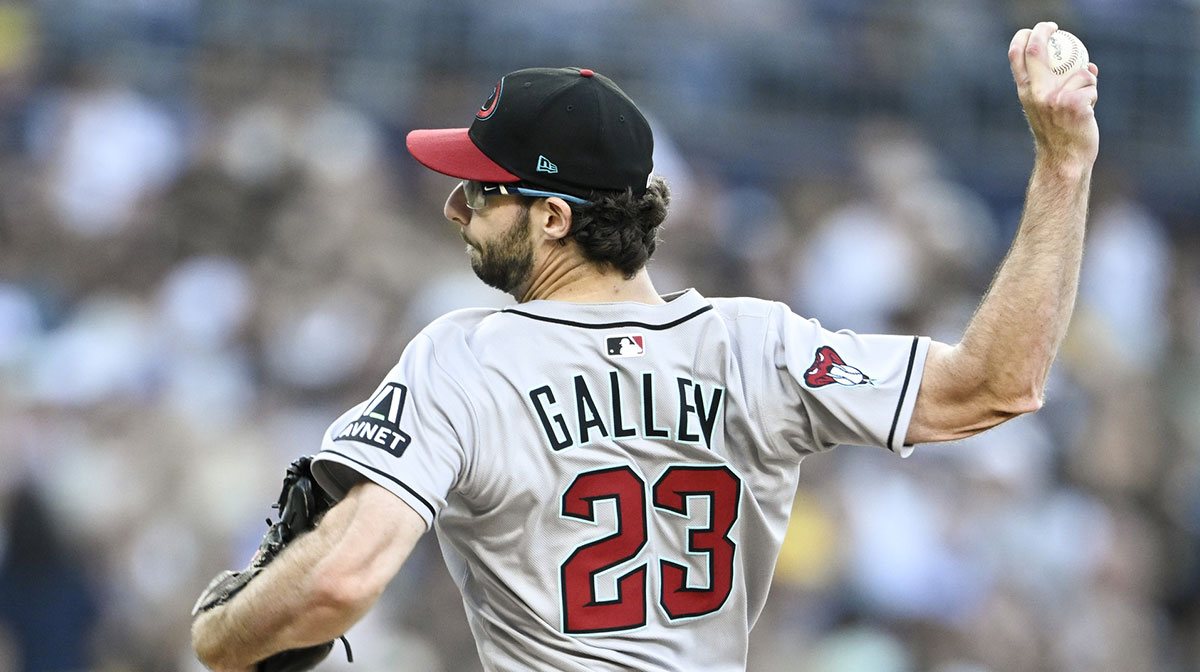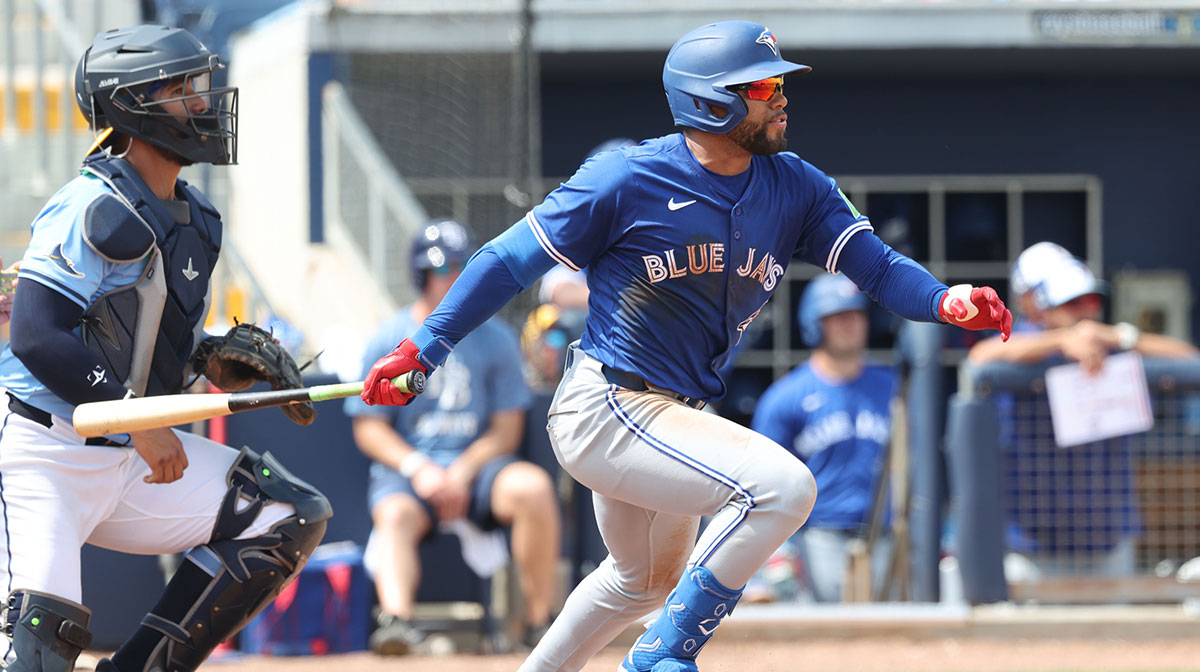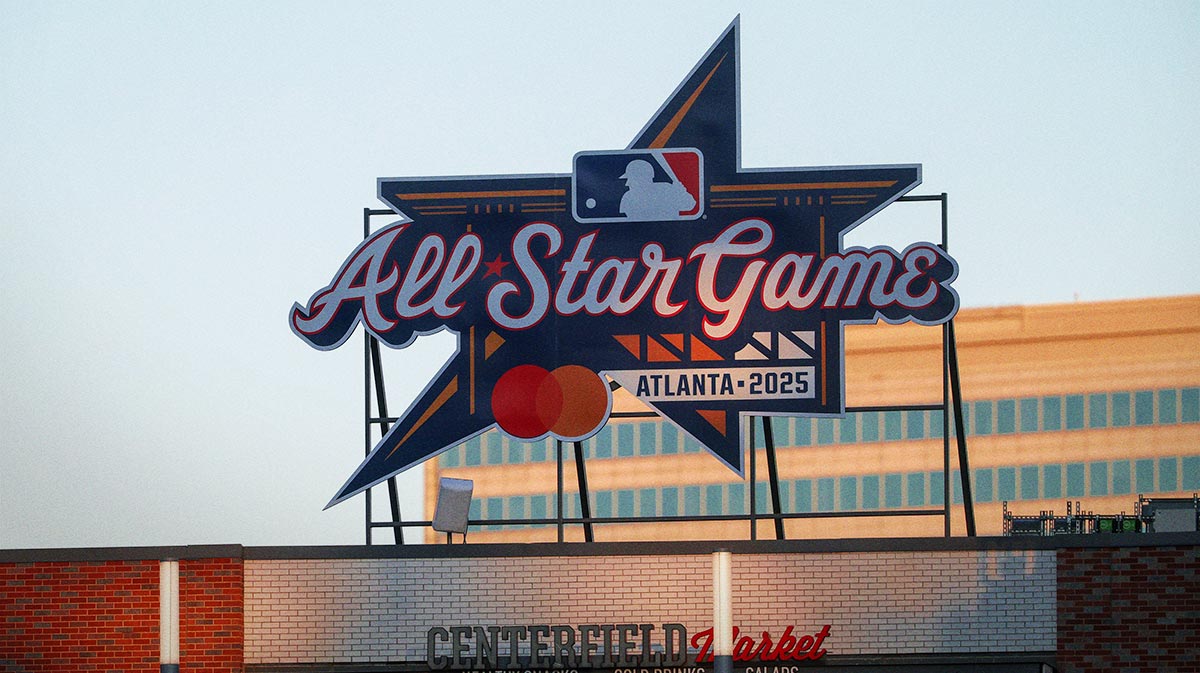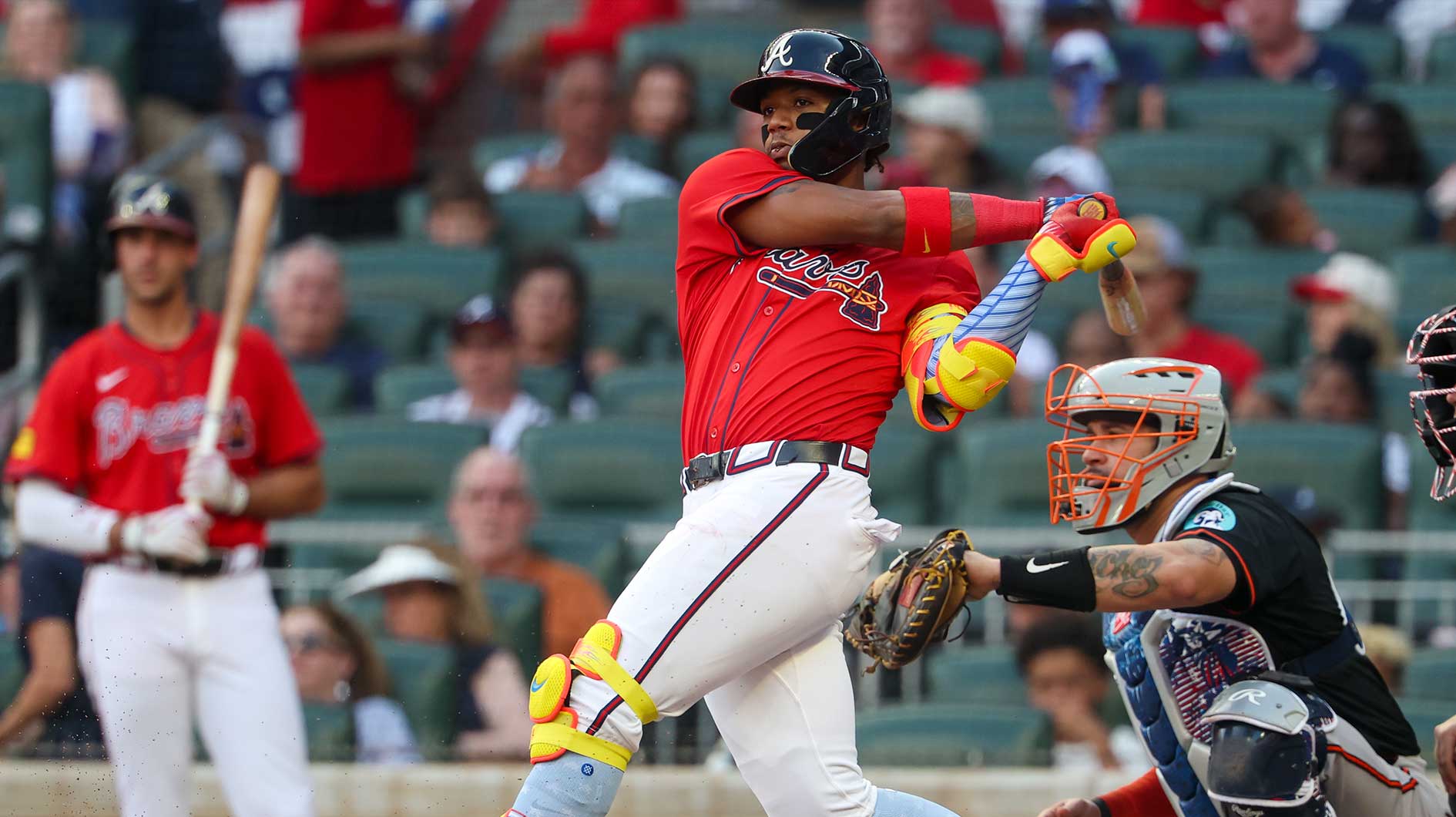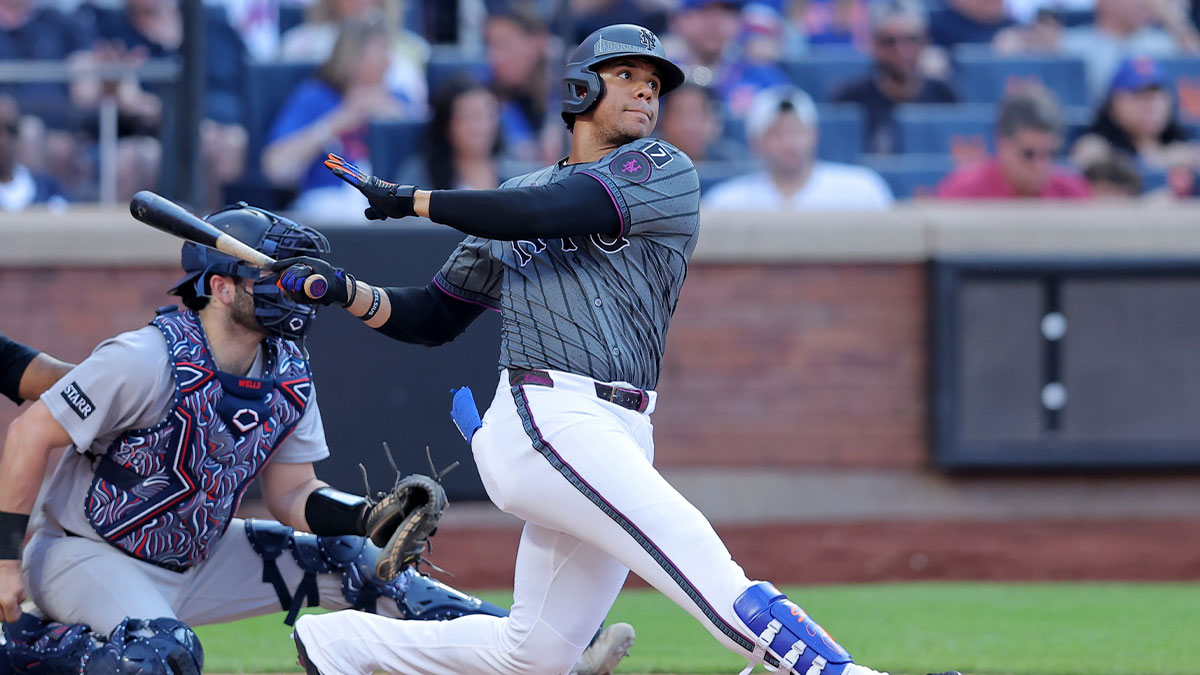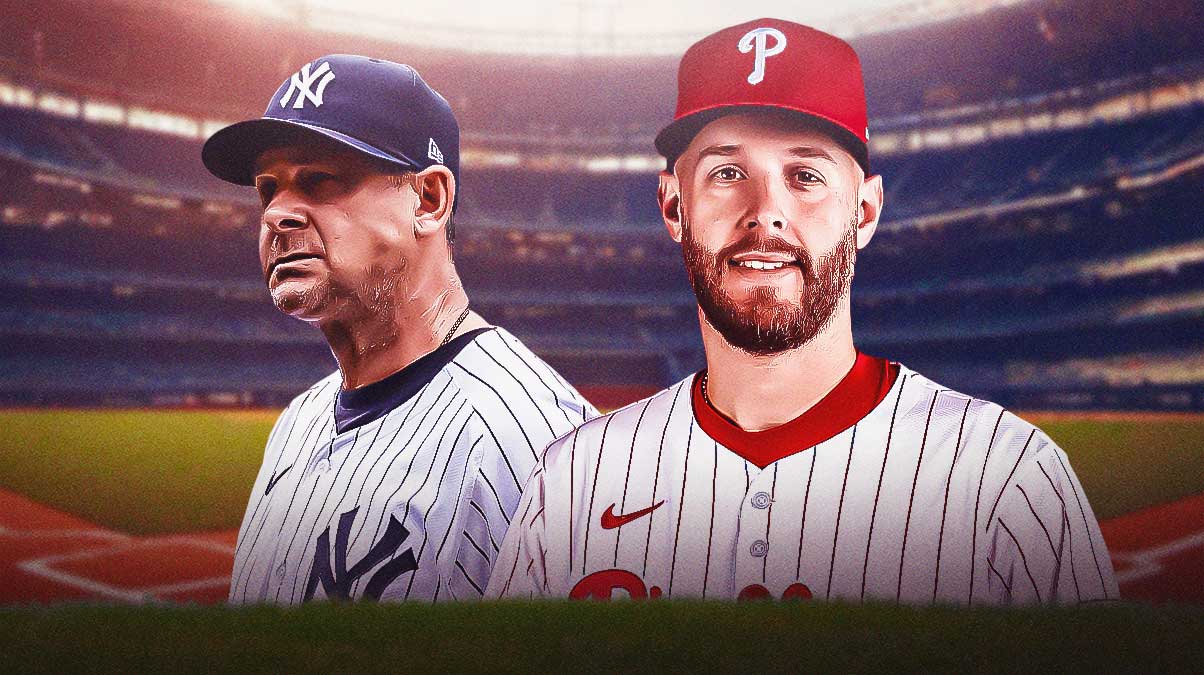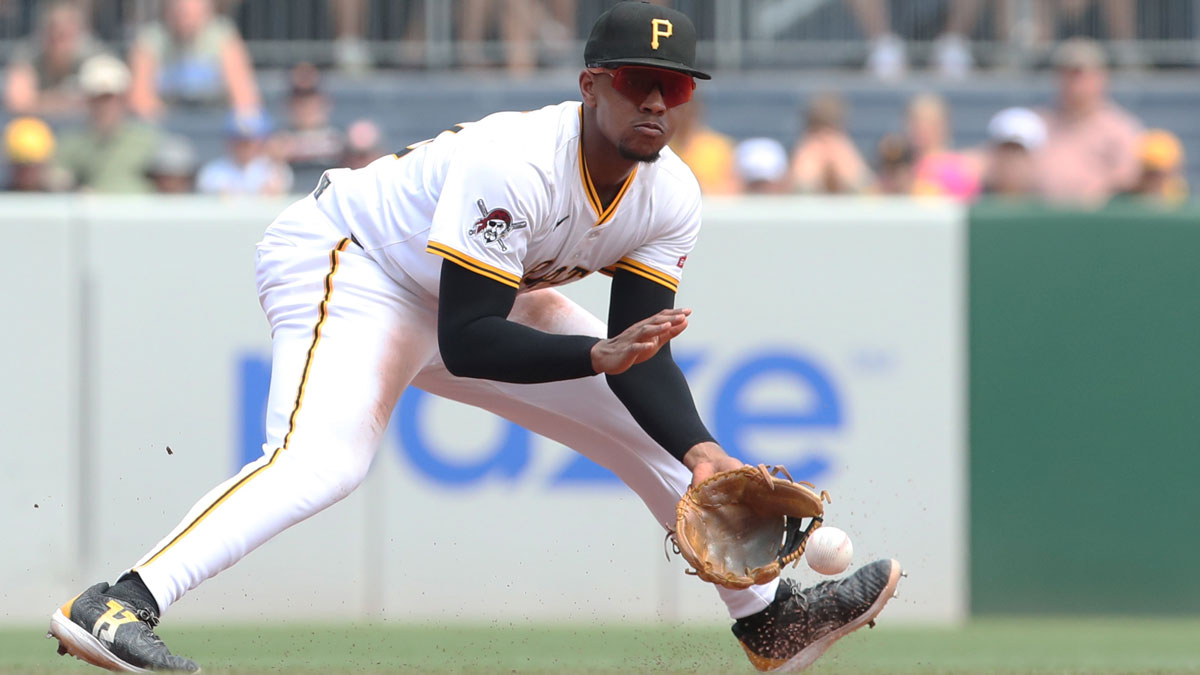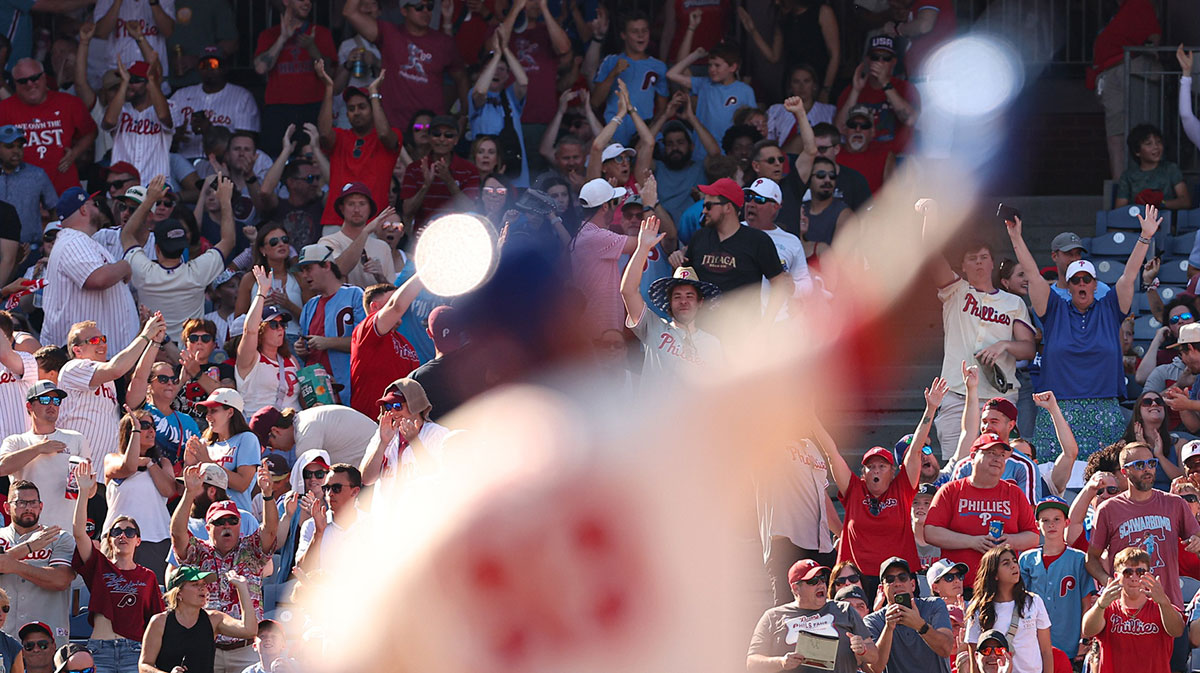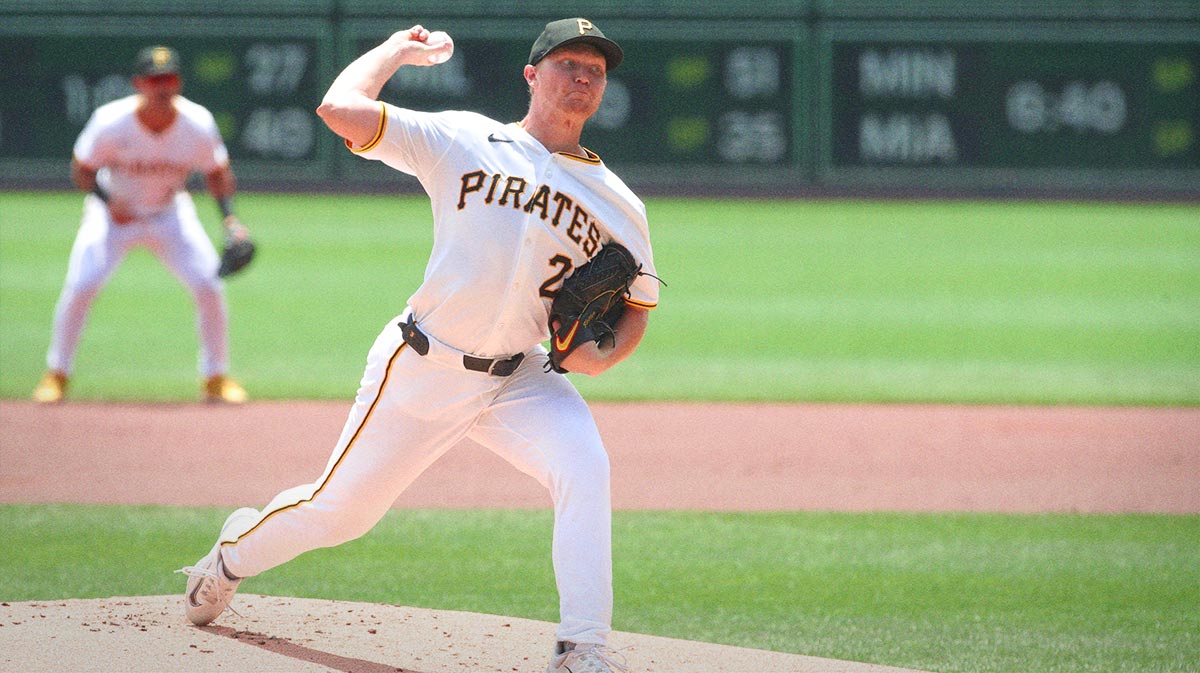Every single season, MLB fans across the country expect their stars to perform at the highest level. We have become quite accustomed to the likes of Mike Trout and Christian Yelich putting up ungodly numbers, or Jacob deGrom and Justin Verlander dominating on the hill.
However, stars are hardly the only players that make their teams go. If that were really true, than Trout and the Los Angeles Angels would be in the playoffs every season. Instead, they have played October baseball just once during his tenure in the bigs.
More often than not, teams are defined by the breakout performers.
From career .230 hitters dominating in the American League East to one-time star prospects experiencing career resurgences, the 2019 season has had its fair share of surprising success stories.
So, let's check out the best of the best:
Soler may play for the lowly Kansas City Royals, but his season has been as miraculous and fun as any other player in the entire league.
Not so long ago, Soler was heralded as a slugging outfielder with a cannon of an arm. The Chicago Cubs used some international signing bonus money to ink Soler to a contract in 2012, and he would make his big-league debut just two years later.
Although he would get his chance to start in the outfield for the Cubs in 2015, Soler was sidelined by an ankle injury that kept him out for all of June. Soler suffered a brutal month of July, which was made worse by the fact that Cubs rookie (at the time) Kyle Schwarber was tearing up the MLB in his first couple of months.
Soler was actually one of Chicago's best hitters during the 2015 postseason, but he was relegated to the role of “depth piece” in 2016. Prior to the 2017 season, the Cubs dealt Soler to the Royals in exchange for closer Wade Davis.
Needless to say, Soler's first two years in Kansas City did not go as planned. He played in just 96 games over the course of the last two seasons as injuries and an absurdly high strikeout rate were beginning to hamper his career. However, Soler has been a revelation in 2019.
The 27-year-old from Cuba has played in every single game (158) entering play on Wednesday, and he leads the American League with 45 home runs.
Although Soler also leads the AL in strikeouts, that number is somewhat deceiving given that his strikeout and walk rates are both the same as they were in 2018, and better than his career averages.
So, if the approach is mostly the same as it was last year, how has Soler improved? For one, he is not missing pitches in the strike zone. Soler's contact rate is up significantly, and he is absolutely crushing any and all fastballs in the zone.
According to MLB Statcast, Soler is hitting .310 with a .714 slugging percentage and 30 homers against the fastball. Although he still struggles against breaking balls and off-speed pitches, his whiff percentages are down while his slugging has risen significantly. Statcast also tells us that Soler leads all players in barrels (67) and ranks ninth in exit velocity (92.5 mph).
The results? A truly mammoth season for Soler. In addition to the 45 homers–a new franchise record–he has driven in 112 runs and has an OPS+ of 134, which is just outside of the top 10 in baseball.
Is this just the start? Soler always had power potential, but now he is starting to make adjustments to his approach while hitting the ball to all fields. Most notably, he is only just entering his “baseball prime.” We could certainly be seeing big things from Soler in the future.
Gio Urshela
There are about five different Yankee players that could have made this list. Luke Voit has been outstanding when healthy. The same goes for Mike Tauchman before he hit the shelf with an injury (shocker). Although he has always been a productive player, D.J. LeMahieu is performing at an MVP level.
However, there is no question that Urshela is the most surprising success story of these misfit (is that the right word?) Yankees.
Through his first 129 games with the Bronx Bombers, Urshela was slashing .315/.356/.532 with 20 homers.
This is a guy that had slashed just .225/.274/.315 with 8 homers and a 57 wRC+ value through his first 153 games which, by the way, spanned the course of four years (though Urshela did not play in the majors in 2016). Yet here he is, helping to steer the Yankees towards one of the best records in baseball.
Where did this come from?
For starters, remember that Urshela may not have even gotten his chance were it not for a season-ending injury sustained by 2018 Rookie of the Year runner-up Miguel Andujar.
The Yankees had acquired Urshela from the Toronto Blue Jays in August of last year, but they immediately assigned him to their Triple-A affiliate. In 27 games at Scranton/Wilkes-Barre, Urshela had an .815 OPS, which offered a glimmer of hope for his future.
When Andujar was injured during just the third game of the season and Troy Tulowitzki followed soon afterwards, the Yankees turned to Urshela and have never looked back.
Urshela busted out of the gates by hitting over .333 in both April and May. Despite a poor month of June which otherwise may have signaled a downturn, Urshela has been even better since the All-Star break.
In the second half, Urshela is slashing .327/.358/.553 with 13 homers and 18 doubles, with nearly half of his hits going for extra bases.
Contrary to past seasons, Urshela is having success against the fastball, and his plate coverage has been akin to that of Rafael Devers. Although his swing and chase percentages are both up, his contact rate has skyrocketed, according to MLB Statcast. Urshela has also been attacking early in counts, swinging at the first pitch on over 42 percent of his plate appearances.
Urshela was hardly a renowned talent prior to 2019, and in fact he was often ridiculed for his defensive work as a member of the Cleveland Indians. However, he has been an absolutely indispensable member of New York's success this season.
Rafael Devers
Speaking of Devers, his unbelievable season his been as big a surprise as any, on both sides of the ball. Devers ranked 16th in fWAR as of Wednesday.
Now, we should qualify his place on this list. Devers showcased his immense potential during a brief stint with the Red Sox in 2017 at the age of 20. Devers slashed .284/.338/.482 with 10 homers in 58 games, and hit a pair of crucial homers in the ALDS against the Houston Astros.
However, Devers struggled in 2018. Despite hitting 21 homers, Devers' slugging percentage dipped to .433, while his strikeout rate rose to around 25 percent. Devers hit .294 in the run to the World Series, but he had just a single extra-base hit while harboring a 35 percent strikeout rate.
Given how poorly Devers had also performed as a defensive third baseman, it was fair to wonder whether or not the youngster would grow out of his bad habits.
Instead of growing out of bad habits at the plate, Devers has adapted, and the results have been spectacular.
Through the first 151 games, Devers was slashing .309/.361/.551 with 31 homers and 51 doubles (which leads the AL) while leading the MLB with 346 total bases.
Devers has cut down on his mistakes by being more aggressive. His swing rate is up by four percent, and his plate coverage has been tremendous. As a result, Devers has not had to get into a ton of two-strike counts, where (in the past) he would often get beat by fastballs or off-speed pitches.
Interestingly, Devers is crushing those pitches this year. According to Statcast, his batting average against off-speed pitches is up over 140 points from last season. His slugging percentage against heaters, meanwhile, is up 100 points.
Devers ranks 15th in baseball in average exit velocity. He has found his pull power, and his line drive percentage has also increased, as a result.
Oh, and about those defensive struggles. Although he has posted -6 Defensive Runs Saved, Devers' 1.6 Ultimate Zone Rating (UZR) is the best of his career.
The Red Sox will not have the opportunity to defend their World Series crown this October, but Devers is developing into a star in Beantown.
I have written a lot about Marte in the past month. Check out a couple of the links here.
Yoan Moncada and Lucas Giolito
Let's pair these two Chicago White Sox stars, shall we?
Moncada and Giolito have been nothing short of tremendous for a White Sox team that might only be a year or two away from competing for the American League Central title. Naturally, both were high-profile prospects that were acquired via trade.
Moncada
The White Sox acquired Moncada from the Red Sox as part of the Chris Sale trade in December of 2016. Boston had signed Moncada to a $63 million deal when he was just 19, but they flipped him in order to acquire an ace that would eventually lead them to a World Series title.
Meanwhile, Moncada struggled to live up his own personal hype.
After a decent showing in 54 games in the majors during the 2017 season, Moncada spent all of 2018 with the big-league club. The results were not pretty, as he led the majors in strikeouts (217) and topped all second basemen with 21 errors.
Yet Moncada has completely flipped the script on his future with a huge 2019 campaign. Through 127 games, the 24-year-old was slashing .314/.367/.547 with 24 homers, and he ranked just outside the top 10 in OPS+ (140). Moncada has also added 10 stolen bases.
If you have only been paying attention to the playoff races during the month of September, then you have probably missed most of Moncada's brilliance during this month. Entering play on Wednesday, he was slashing .424/.468/.659 in 21 games during September.
Giolito
As for Giolito, the former Nationals product has certified himself as a front-end starter while also showing some serious resilience throughout this season.
The White Sox acquired Giolito from the Nats just one day after trading for Moncada. Giolito made seven starts for the White Sox in 2017, posting a 2.38 ERA and earning a place in the rotation for the start of 2018 season. Like Moncada, however, things did not go as planned.
Giolito was healthy and made 32 starts, but he was torched by opposing hitters. Giolito posted a 6.13 ERA and led the AL with 90 walks (4.7 BB/9). Likewise, his scouting profile as a power pitcher seemed nonexistent, as he posted a 6.5 K/9 for the season.
Remarkably, 2019 has been completely different for Giolito, mostly because he has simplified his approach on the mound.
After throwing a fairly heavy dose of just about every pitch in his arsenal in 2018, Giolito has mostly relied on the four-seam fastball, changeup and slider this season. Giolito's velocity is up this season as well, as he is averaging closer to 95 mph on the fastball.
By mostly throwing his fastball and changeup and mixing in a few sliders, Giolito has maximized his potential. In 29 starts, the 25-year-old has a 3.41 ERA and 11.6 K/9.
Those numbers alone probably do not even capture Giolito's season. He has also thrown a pair of shutouts, and he leads the MLB with three complete games.
Giolito made the All-Star game, but he easily could have capsized after a tough July where he posted a 5.65 ERA and .792 OPS against in five starts. Instead, he rebounded in August.
Although Giolito has posted a grisly ERA (5.21) in September, his .176 OBA suggests that he is still pitching extremely well. He should anchor a staff that will need to improve if the White Sox hope to make a significant playoff push next season.
Bieber's place on this list might be somewhat controversial. After all, he went 11-5 with a 4.55 ERA (but a 3.23 FIP) in 19 starts for the Indians last season. However, hardly anyone expected Bieber to totally anchor a Cleveland pitching staff that has been wrought with injuries.
Corey Kluber went down early in the season. Carlos Carrasco struggled before being diagnosed with leukemia. Mike Clevinger missed nearly two months. All the while, Bieber was stating his case as the ace of Cleveland's staff, routinely going deep into ballgames and tossing quality start after quality start.
Through 32 starts this season, Bieber has a 3.23 ERA and a 1.030 WHIP. He leads the American League with a 1.7 BB/9, which is complemented by a 10.9 K/9 rate. Oh, and Bieber shares the league lead with Giolito in both complete games and shutouts while ranking third in terms of innings pitched.
Where would the Indians be without Bieber in the rotation? Certainly not in the playoff picture. At just 24 years old, Bieber captured an All-Star Game MVP and–as of Wednesday–ranks seventh among all pitchers in fWAR.
No, his name is not Justin. This is Shane Bieber, and he has been one of the very best pitchers in the MLB in just his second season in the bigs. Pretty darn impressive, right?
Now, Semien has been in the league pretty permanently since 2014. He has been the starter for the Athletics since coming over to Oakland in 2015. But not once has Semien had a season quite like this, where he has asserted himself as one of the best shortstops in baseball.
Through 157 games, Semien has posted career highs in nearly every single offensive category. He is slashing .287/.370/.524 with 32 homers, and he has a 139 OPS+. Semien even ranks ahead of Soler, LeMahieu Max Muncy, Josh Bell, Kris Braynt Mookie Betts in terms of wRC+, according to FanGraphs.
Semien's previous career-high OPS was .735, which is nearly 160 points lower than his OPS value as of Wednesday. Sure, he hit 27 homers in 2016, but did anyone see this coming?
Aside from his breakout year at the plate, Semien has continued to excel with the glove, once again rating as one of the better defensive shortstops in baseball.
The baseball community was finally starting to give Matt Chapman the respect that he has deserved for years, but Semien has been as good as anyone else in the game. Who would have thought that Marcus Semien would rank in the top five in terms of fWAR in 2019?
Nobody, but–as is the case with all of these players–that is just part of the magic of baseball.

